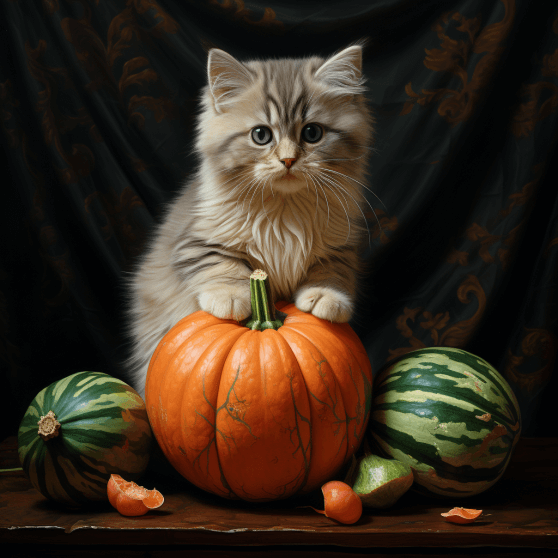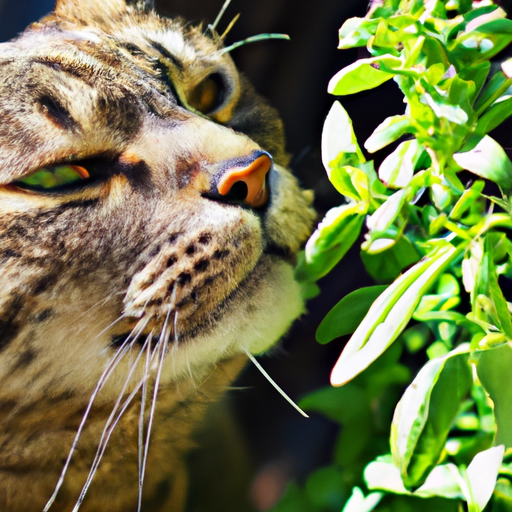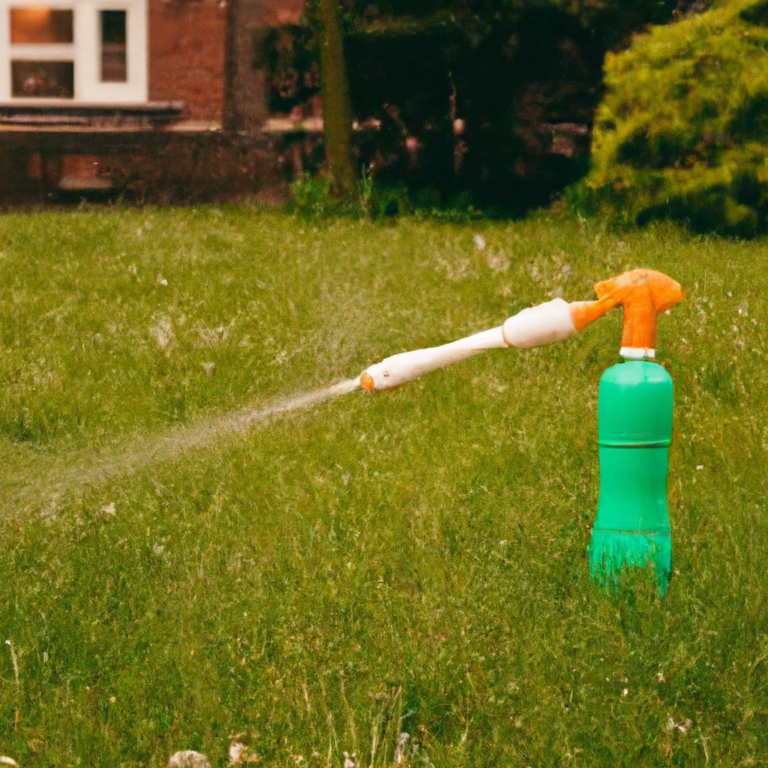What Human Food Can Cats Eat?
Imagine this: you’re at your dining table, savoring your dinner and then those pleading feline eyes fixate on you. Your adorable kitty is looking at you with such intensity that it almost makes you want to share your meal with her. But, hold on! Before you slide a portion of your dinner plate her way, you need to know that not all human foods are safe for your feline friend. That’s exactly where “What Human Food Can Cats Eat” steps in. Armed with this guide, you’ll be able to easily identify the foods that are perfect to share with your feline friend.
The Basics of Feline Nutrition
Cats, just like humans, require balanced diets comprising of essential nutrients to remain healthy and active. However, the dietary needs for cats significantly differ from those of humans due to our distinct metabolic processes.
Differences between human and cat nutrition
While humans can thrive on a variety of diets, ranging from vegetarian to carnivorous diets, cats are obligate carnivores. This means their diets must include meat. Human bodies have the capability to synthesize certain proteins and vitamins, but cats rely entirely on their diet for these essentials. For instance, one key nutritional requirement for cats that’s not compulsory for humans is taurine, an amino acid found in animal-based proteins.
Essential nutrients needed by cats
Cats require a wide range of nutrients to maintain optimal health. These include proteins, fats, vitamins, minerals, and water. Proteins supply the necessary amino acids for the proper functioning of their bodies. Fats offer the required energy, and fat-soluble vitamins like A, D, E and K. Vitamins and minerals support various biological functions like bone development, blood coagulation, and immune response. Lastly, water is essential for hydration and helps in removing waste from the body.
Role of protein and carbohydrates in a cat’s diet
Protein plays a crucial role in a cat’s diet, supplying essential amino acids and aiding in growth, tissue repair, enzyme and hormone production. On the other side, while cats can metabolize carbohydrates, they are not a natural part of their diet, and high carbohydrate diets can lead to obesity and diabetes in cats.
Safe Meats for Cats
Feeding your cat with safe meats forms the backbone of a healthy feline diet, remembering that they are obligate carnivores.
Cooked Poultry
Chicken, turkey, and other poultry meats are excellent protein sources for cats, but always ensure they are fully cooked to avoid the risk of bacterial infections such as salmonella.
Lean Beef
Lean beef is another great protein source. It also provides important minerals like iron, which play an essential role in transporting oxygen to cells.
Tuna
Tuna on its own can be a healthy treat for cats due to its high protein and omega-3 fatty acids content, but it shouldn’t make up the bulk of their diet as it lacks some necessary nutrients and can cause nutritional deficiencies if offered too frequently.
Salmon
Just like tuna, salmon can be a valuable addition to a cat’s diet. It’s high in omega-3 fatty acids, which promote a healthy skin and coat. However, ensure it’s deboned and cooked properly before serving.
Dairy: Is it Safe for Cats?
Contrary to popular belief, not all dairy products are suitable for cats. Some cats are lactose intolerant and can experience digestive issues.
Yogurt and other fermented dairy products
Fermented dairy products, like yogurt, have lower lactose levels and can often be safely enjoyed by cats. They also serve as a good source of protein and calcium.
Low lactose cheese
Low lactose cheese, like cheddar or Swiss, can be fed to cats in small amounts. These cheeses provide protein and essential fats.
Why milk isn’t ideal
Surprisingly, many adult cats are lactose intolerant, which means they can’t digest lactose found in regular cow’s milk. This can lead to digestive problems, such as diarrhea and stomach cramps.
Fruits Cats Can Enjoy
While cats are carnivores, certain fruits can be safely offered as occasional treats.
Blueberries
Blueberries are safe and can make for a fun treat due to their small size – but remember moderation is key, and they should only be a tiny portion of a cat’s diet.
Watermelon
Watermelon, when served without seeds or rind, can be a refreshing treat, especially in summer. It helps keep your cat hydrated, given its high water content.
Bananas
Though not a natural choice for cats, small amounts of bananas can be consumed safely. They offer potassium and fiber but should be given sparingly due to their high sugar content.
Melon
Like watermelons, other types of melons are safe for cats and can be given as a one-off treat.

Vegetables Beneficial to Cats
While vegetables are not a core part of a cat’s diet, some can be beneficial and cherished by certain cats.
Pumpkin and squash
Pumpkin, and squash are rich in fiber, thus beneficial to cats with digestive issues. They should, however, be cooked and given in small amounts.
Carrots
When cooked, carrots can be a great low-calorie treat packed with beta carotene, which converts to vitamin A to boost your cat’s vision.
Peas
Peas can also be served as an occasional treat. They’re a good source of vitamins A and C, as well as fiber.
Spinach
Cooked spinach is safe for cats, provided it is offered in minimal amounts. It’s rich in vitamins A, C, and K as well as iron and calcium.
Grains and Legumes
Grains and legumes should only play a small part of a cat’s diet, and they should not substitute the necessary protein intake.
Rice and oats
Boiled rice and oats can be helpful for cats with sensitive stomachs. They are great for providing energy due to their starch content.
Edamame and green beans
Packed with fiber, vitamins, and minerals, edamame and green beans can be offered in small quantities to add variety to your cat’s diet.
Lentils
Cooked lentils are safe for cats to eat and contain a decent amount of protein for a vegetable, but remember that your cat’s main protein source should always be meat.
Corn
Corn can be easily digested by cats and provides them with some essential fatty acids.
Eggs and Cats
Eggs can be a wonderful source of protein for cats when served in the right manner.
Benefits of eggs
Eggs are excellent sources of proteins and contain all essential amino acids. They’re also rich in vitamin B and selenium.
Cooking Methods for Eggs
Always serve eggs fully cooked. Hard boiled, scrambled or poached, all work well as long as they’re prepared without any additives like salt, pepper, or oil.
Risks Associated with Raw Eggs
Raw eggs present the risk of salmonella or E. coli infections. Also, raw egg whites contain a protein called avidin that interferes with the absorption of the vitamin B biotin, which your cat needs for a healthy coat and skin.
Seafood in Cat’s Diet
Seafood can be a great protein source for cats, but you need to keep in mind potential allergies.
Cooked fish
Fish, when fully cooked and deboned, can make a great treat or an occasional meal for your feline friend.
Shrimp
Shrimp can be a safe, protein-packed treat for cats, but always ensure it is thoroughly cooked and peel off the shell.
Scallops
Cats can enjoy small amounts of cooked scallops as a protein-rich treat, but remember to remove all seasonings.
Risks of Seafood Allergy in Cats
Some cats may develop allergic reactions to seafood, resulting in skin irritations, diarrhea, or vomiting. Keep a close eye for any adverse behavior or symptoms after feeding seafood.
Benefits and Risks of Feeding Cats Human Food
Treating your cat to some human food can have its benefits and risks. Always remember that moderation is crucial.
Pros of Offering Human Food to Cats
Human food can provide variety and stimulation to cats. It can also help you bond together during meal times.
Cons of Feeding Cats Human Food
However, feeding cats exclusively on human food can lead to nutritional imbalance and related health issues. Certain human foods are also harmful to cats.
How to Introduce Human Food to Cats Safely
If you decide to introduce human foods, do it gradually so that you can monitor any negative reactions. Also, always ensure the human food is safe, cooked properly, unseasoned, and served in moderation.
Unsafe Human Foods for Cats
Although cats seem to be curious about what’s on our plates, certain human foods are dangerous and should be strictly avoided.
Chocolate and Caffeine
These stimulate the nervous system and can lead to symptoms such as hyperactivity, tremors, or even seizures.
Onions, Garlic and other Allium Plants
These plants contain compounds which can lead to hemolytic anemia in cats – a condition that destroys their red blood cells.
Alcohol
Even a small amount of alcohol can lead to severe liver and brain damage in cats.
Xylitol and Artificial Sweeteners
These can cause insulin overproduction in cats, leading to hypoglycemia, seizures and even liver failure.
In sum, while your cat can enjoy a variety of human foods, remember to always prioritize their dietary needs and safety. Introduce new foods to your cat gradually and monitor their reactions. And consult your vet if you’re unsure about anything related to their diet and nutrition.







